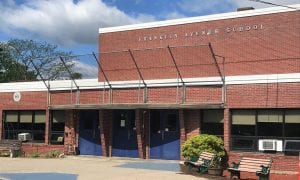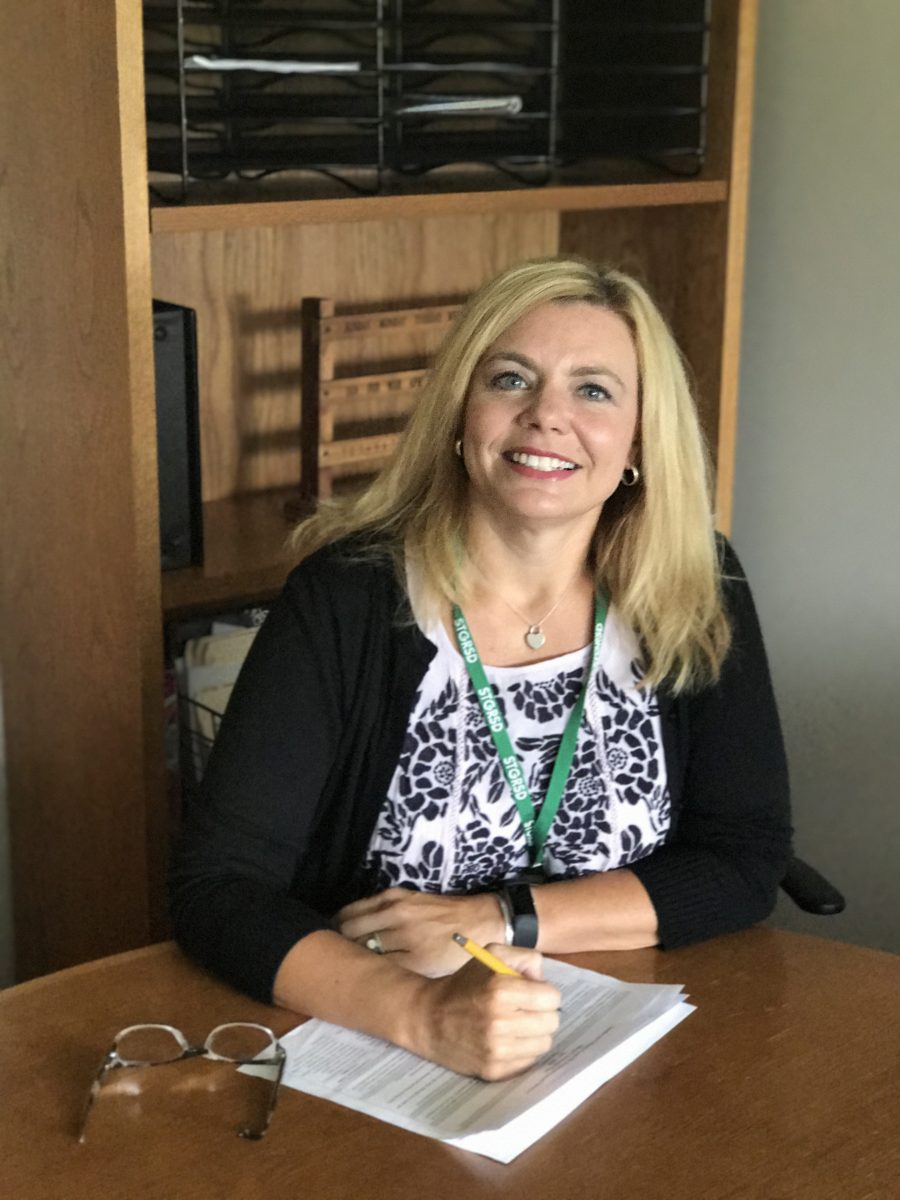WESTFIELD _ The School Building Committee is seeking to qualify for an additional state reimbursement for the proposed elementary school at the intersection of Ashley and Cross streets through energy conservation.
The city could be awarded an additional 2 percent reimbursement under the Massachusetts School Building Authority model-school building program for greater energy efficiency. That energy conservation not only applies to the operation of an energy-efficient building, but to construction practices and materials incorporated into the new school.
The committee is participating in the LEED program, through which the U.S. Green Building Council will assess the energy savings across a broad range of building design and construction practices. The committee discussed that process extensively Monday with Margo Jones, of Margo Jones Architects Inc., and Project Manager Paul Kneedler, of Skanska USA Building Inc.
LEED is an abbreviation for Leadership in Energy and Environmental Design. LEED is internationally recognized environmental program and is currently used in more than 30 countries around the world. It provides a means of verifying that a building or a group of buildings are designed and built in a way that would improve energy savings, water efficiency, indoor environmental quality, and CO2 emissions reduction, using a third-party verification system to determine if a project falls within LEED standards. There are several different levels of certification that a developer can home to attain: certified, silver, gold, and platinum. The third-party individuals must become certified with the Green Building Certification Institute (GBCI) in order to gain an understanding of LEED’s rating system.
The Massachusetts School Building Authority (MSBA) increases reimbursement to projects that attain one of three LEED standards, the higher the standard the greater the percentage of reimbursement. That process is incorporated into the MSBA funding to encourage communities to incorporate energy efficiencies, the use of recycled materials and the use of materials from regional vendors (500 miles circumference) to reduce the use of fuel for transportation.
The LEED assessment may grant a maximum of up to 110 points in seven areas of review which include: sustainable sites; water efficiency; energy and atmosphere; materials and resources; indoor environmental quality; and innovation and design process.
The city’s building consultants project that the school project now qualifies for 51 points, with another 28 “maybe” points that could be granted depending on the evaluation by the assessment group.
Kevin Sullivan, vice chairman of the School Building Committee, said yesterday that it is critical for the city to bolster that LEED score to qualify for the additional state reimbursement.
“It is imperative because if we reach our goal, we get additional funding,” Sullivan said. “A 2 percent additional reimbursement is hundreds of thousands of dollars when applied to a $36 million project.”
“So it is important that we reach that 50 point goal,” he said. “We have to take some of those maybe points and move them to the confirmed point column.”
Some of the points are for arcane aspects of the project, such as its location near the city’s proposed Columbia Greenway rail trail.
“We may get points for being that close to the rail trail and for providing access down from the trail (to and from Ashley Street),” Sullivan said.
Sullivan said the city may also be credited additional points for using recycled cobblestones removed during recent road and bridge construction projects and incorporated in the school campus design and construction.
Use of locally obtained and recycled materials eliminates the transportation “energy” cost associated with both fabrication of new materials and with bringing those materials to the building site.






